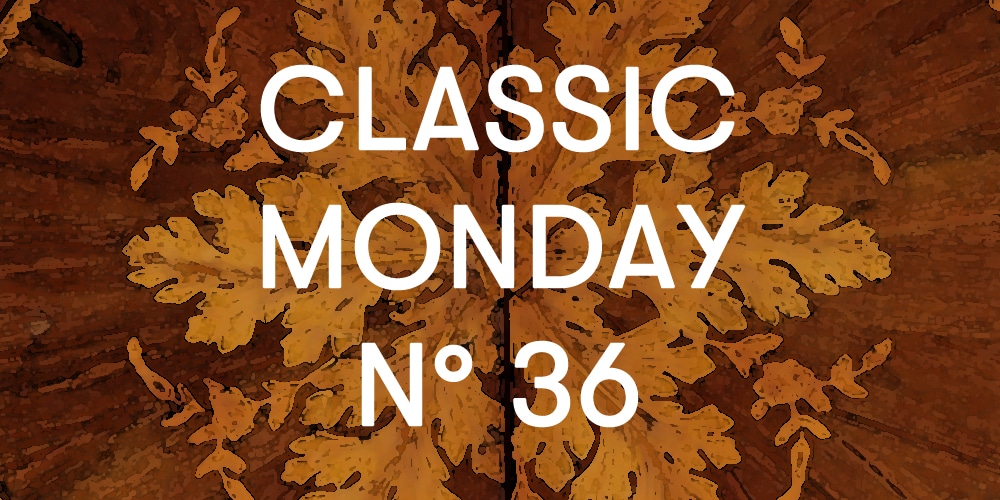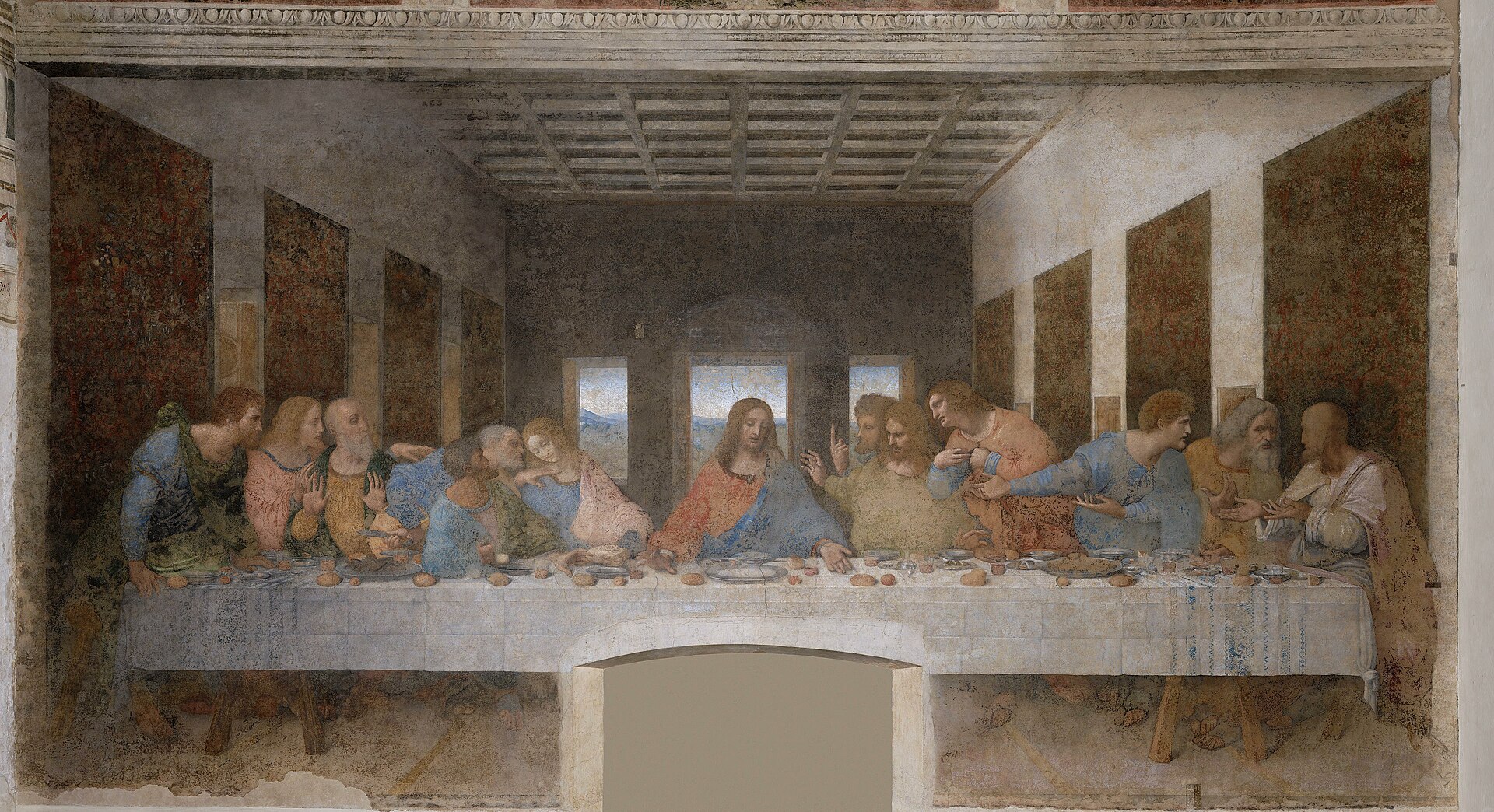
More than just a protagonist, in our Classic Monday today we want to present you a category of furnishings, very versatile and sophisticated. We want to tell you about the tables, their evolution throughout history, not only according to fashions but also according to uses and customs.
Very sought after and present in bourgeois and aristocratic living rooms, the coffee tables are born as a natural derivation of the largest tables and consoles.
In the Renaissance period, in fact, the tables were simply made up of trestles on which a wooden plank was placed. Left very rough, they did not need to be particularly elaborate and decorated, because they were covered with precious tablecloths. This essentiality of the tables was not only linked to the most rustic environments, but is also found in noble palaces and rich merchants. An effective feedback can be obtained by observing the paintings of the time. Especially in the depictions of the Last Supper, although the Gospel episode takes place in rich rooms, often entirely covered with luxurious marble, under the edge of the tablecloth you can see the structure of very simple tables.

With the advent of the Baroque, the taste changed completely: from the most refined shapes, the legs of the tables are transformed into real golden sculptural apparatuses, and even the marble top becomes a valuable element that no longer needs to be covered. Small consoles also began to spread, born as support furniture, used as elegant supports for vases or sculptural busts.
But it is in the eighteenth century that what can be understood as a table in the most moderate sense of time takes shape.
The change in society, housing and the way of using them also led to a change in furniture. Between the eighteenth and nineteenth centuries the house no longer becomes only and exclusively a place of representation, but also a place that must be comfortable for the owner. The furniture is moved: if before it was leaning against the walls, slowly it is also found towards the center. The furnishings are then finished on all sides, “open”, and useful types are born for new needs. More support surfaces are needed to carry out activities, such as writing and reading, which are no longer the exclusive prerogative of the nobility.
For this purpose the tables are born, no longer only as an exhibition support for busts, but also as small desks.
They therefore find a place in bourgeois living rooms, becoming in effect furnishing accessories, but also in more secluded rooms such as bedrooms.
Of course they reflect the taste and fashions of the moment. So in the eighteenth century there are baroque tables, with wavy legs, often carved with goat’s feet, as in our baroque table (visible here).
Particularly interesting is that one of the legs can be opened, to act as a support to the opening surface. A small table, easy to place in an eighteenth-century bourgeois residence, but which becomes practical as a study desk if necessary.
In the eighteenth century, however, a more rustic production continues, whose shapes are derived from the aforementioned Renaissance tables that used easels. Just “easel” is the name with which this type of tables and coffee tables is identified, even if no longer made up of distinct elements, the shape of the legs is identifying. Not only rustic furnishings, but also finished with elegant details, as in one of our specimens (visible here), in which the walnut top is adorned with a refined ebonized wood thread.

Later in the second half of the eighteenth century, the tables fully reflect the neoclassical taste. With essential but distinct shapes, the surfaces are richly decorated with wooden inlays. Refined woods are used, whose chromatic notes are expertly combined. An example is our coffee table, walnut veneered with bois de rose borders and maple threads (visible here). Renowned shops that specialize in the production of inlaid furniture begin to assert themselves.

How not to mention the most famous, the Milanese one of Giuseppe Maggiolini, who counted, even in the first half of the following century, a considerable series of followers, who re-proposed some of his drawings in their furniture. This is the case of our neoclassical game table.

Supported by four legs with nut at the bottom and choked by a collar at the top. Entirely inlaid in walnut, cedar, amaranth and maple. At the center of the floor, both open and closed, it reproduces rosettes that have striking similarities with some of those proposed in drawings belonging to the Maggiolini Fund, preserved in the Cabinet of Drawings of the Castello Sforzesco in Milan. This specimen also demonstrates how the tables at this chronological height found a further specific use. Considered to all intents and purposes indispensable furnishings, specimens are made specifically dedicated to social activities, finding a further use that was not exclusively decorative or as a desk. The coffee table is becoming increasingly popular in private homes, becoming increasingly characterized as a modern piece of furniture.




















